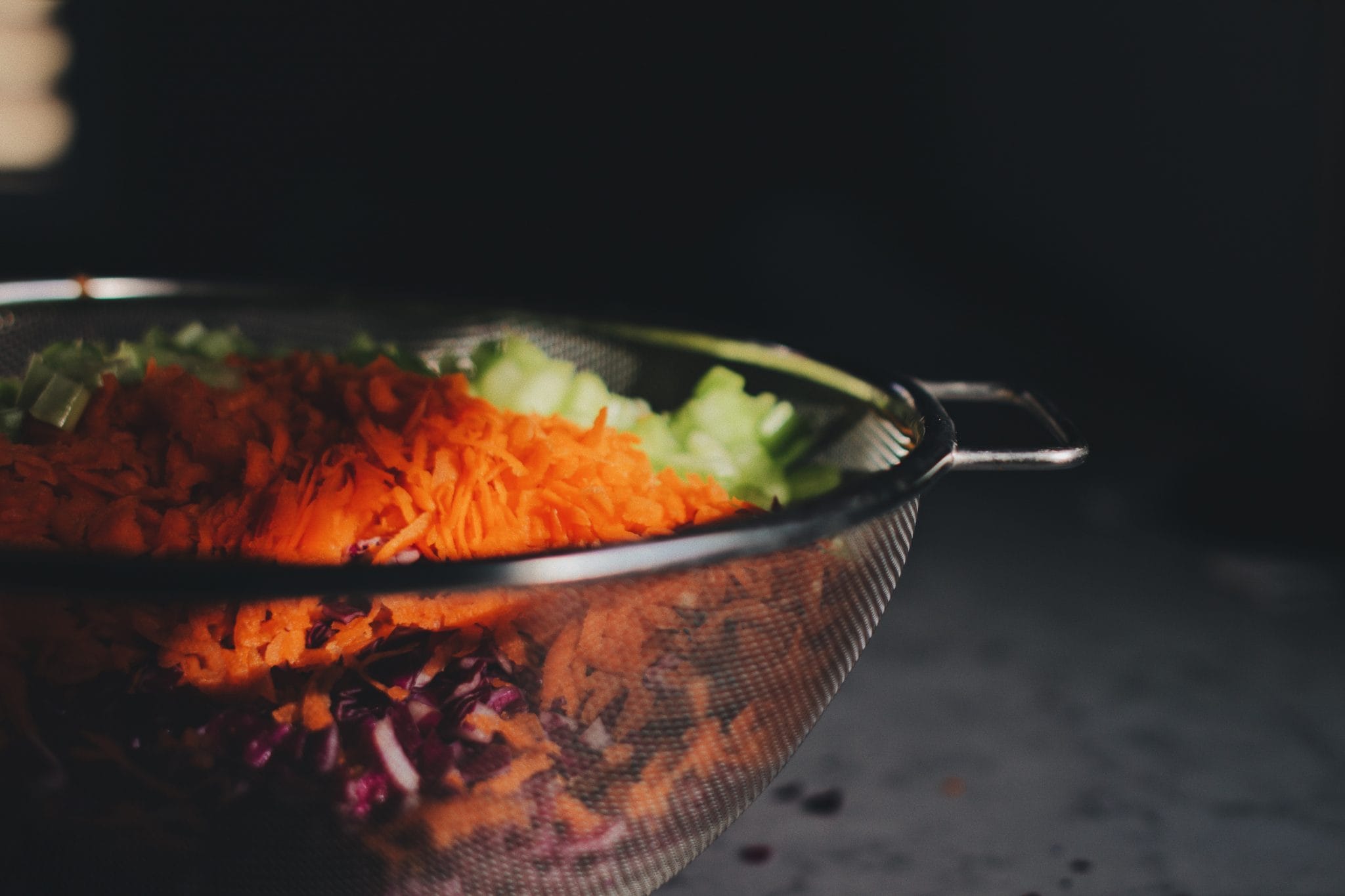Almost one year into the pandemic we’ve seen two prominent trends emerge with clients we are coaching. It’s in weekly check-ins, it’s in Zoom calls and when they’re allowed, it’s in our in person discussions.
Client A has decided to lean into tracking their macros and use the isolation to create new habits, learn more about which foods work for them and hammer down on the goals they set for themselves. It’s helping them focus on a goal that they perceive as positive and take their minds off things that are beyond their control.
Client B feels overwhelmed with tracking macros and is struggling to balance their desire to work towards their goal against the stress they feel during COVID. This client still makes great choices but the effort and precision that tracking requires is daunting and often leaves them feeling like they are failing.
If you’re client B – you’re not failing and you’re not alone. We’re here to help.
There has never been a one size fits all approach to nutrition, even before the pandemic. Tracking macros works really well for certain people all of the time, for others some of the time, and for some, none of the time. As coaches, there are different factors to consider here when we evaluate if a client should use this method. As a client, it’s necessary to be honest about whether or not this is a commitment you want to pursue.
Tracking provides a great baseline for people who have never paid attention to nutrition before, and have some serious gaps to fill. This can be too little protein for the heavy hitting athlete, too little calories for the busy Mom of 3 who does Functional Fitness, or too many calories for the student who wants to lose some body fat. Tracking can help individuals recognize what their preferences are for fuel, how it makes their body feel and if it’s serving them.
Ultimately weighing and measuring food is micromanaging your intake. It’s paying attention to every label, every morsel of food, every drop of alcohol and shot of olive oil spray you consume. This isn’t suitable for people who struggle with disordered eating, or who don’t have the time to do it consistently.
If you’re the person who has been feeling like you’re drowning in a sea of macros, and all hope is lost, trust us, it’s ok. First of all, acknowledge that right now might not be the best time to use this nutrition approach. If you just can’t seem to track a full day, or track at all, and it’s only serving to add more stress to your life – you need to re-evaluate how you manage your nutrition right now. This does not mean that you’re abandoning your goals at all. It means that you’re adapting to the current situation and making the pivot you need right now to thrive.
Method 1 – The plate model
This approach to nutrition encourages clients to focus on food quality and quantity without weighing and measuring. Each meal is designed to have the right balance of protein, carbohydrates and starches or fruits. What about fats you ask? Generally speaking clients get all the fat they need from meat, dairy and oils they cook with. It’s our experience that clients rarely need to add an entire avocado to a meal. Clients can make changes using feedback from hunger levels, energy levels, performance, recovery and sleeping habits. They can also monitor their body composition through pictures, measurements and how clothes are fitting. It’s a low drag approach to nutrition that provides some freedom, and requires less effort than tracking. Our experience is that clients do need some nutrition experience and education to make this method work. If you think peanut butter is a great source of protein, this might not be the best fit for you.
Method – Meal Plan
We have also been encouraging clients to follow this approach as it allows them to eat with flexibility, and use their nutrition knowledge. It also offers some structure which can really impact stress levels – you don’t need to think about it. At the start of the week, track one ideal day. Hit your targets, protein, carbs and fats, have your veggies ready, include the treats you love and then put the tracker away. You can batch cook your meals, or simply have the groceries on hand you need. You have your meals planned for the week. The scale should still be on the counter to make sure you’re hitting the right volume for each meal, but the guesswork is gone and you have more time for other things. You also have the satisfaction of feeling great in your workouts, having sustained energy throughout the day and recovering from training. Eating good quality food and the right volume of food also lends itself well to sleeping better and longer.
There is no such thing as the perfect diet. There is only the diet that works best for you. If you’ve always been a tracker, but right now you just can’t – give yourself some grace. You don’t need to track to succeed. Make a new plan and push forward.
If you need help getting started, reach out. Both Sheryl and I are ready to help you navigate nutrition during COVID. You might even call us experts. Click here to schedule a call.


